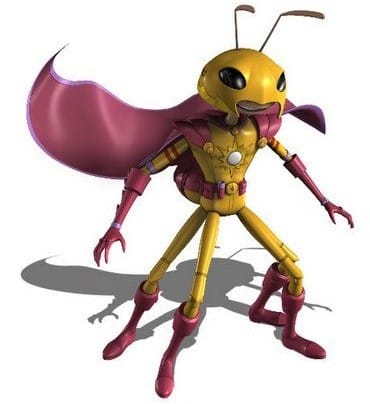
Rosmarie Kelly, Public Health Entomologist, Georgia Department of Public Health
A pesticide is a chemical or biological agent (such as a virus, bacterium, antimicrobial, or disinfectant) that deters, incapacitates, kills, or otherwise discourages pests. Pesticides have been grouped into classes according to how they work (mode of action or MOA). Repeated use of pesticides with the same MOA to control a pest can cause a form of artificial selection that can develop into pesticide resistance. This means that there may be some pests in the population that will not be killed by the pesticide. When those pests that survive breed, some of their young will inherit the pesticide resistance.
What is pesticide resistance?
- It is the ability of a pest to develop a tolerance to a pesticide.
- It results in the repeated failure of an insecticide product to provide the intended level of control when used as recommended.
Why are insects likely to develop resistance?
- Many pest species, including insects, have short life cycles and lots of offspring
- Increasing the probability of random mutations
- Ensuring the rapid build-up in numbers of resistant mutants once such mutations have occurred
- Pest species have been exposed to natural toxins for a long time before the onset of human civilization
- Humans often rely almost exclusively on insecticides for pest control. This increases selection pressure towards resistance. Pesticides causing the most problem are those that are:
- Highly persistent
- Highly specific
- Long term exposure to pesticides with the same MOA
- Low migration of the insects
However, other factors can prevent insecticides from providing satisfactory control in the field. They can also ultimately lead to an increase in resistance. These include:
- Improper equipment calibration
- Improper dilution
- Timing issues
- Off-specification product use –
- Using the wrong product for the pest species
- Using the product incorrectly based on label directions
- Climatic factors
In addition, it is important to properly identify the pest you are treating since pest behavior can cause failure of control as well.
Why should you be concerned? Pesticide resistance is a big problem. It has been determined that, with every new insecticide introduction, resistance will occur within 2 – 20 years.
- Currently resistance is found in:
- More than 500 species of insects and mites
- Over 270 weed species
- More than 150 plant pathogens
- About a half dozen species of rats
- Additionally,
- There are > 1,000 insect/insecticide multiple resistance combinations
- At least 17 species of insects are resistant to all major classes of insecticides
How do I how to prevent resistance or deal with existing resistance?
- Ensure all spray applicators are well trained
- Follow product labels
- Do not use any product not labeled for the equipment being used
- Calibrate equipment at least yearly
- Rotate pesticides between MOA classes. See the info on Resistance Action Codes (IRAC, FRAC, etc.) at the end of this article for more information on rotating pesticide MOA.
- Avoid unnecessary pesticide applications
- Use non-chemical control techniques
- Leave untreated refuges where susceptible pests can survive
- Adopt an integrated pest management (IPM) approach
- PLAN AHEAD
Sources for more info
